
PUBLISHED
April 20, 2025
KARACHI:
The plight of the people of Tharparkar often goes unnoticed amidst the hustle and bustle of Karachi, with its 25 million (and counting) residents. Yet, it is important to remember that we are disconnected from the other 35 million people living in the rest of Sindh.
The suffering endured by the inhabitants of Tharparkar manifests in four main forms, namely economic imperialism, cultural erasure, climate change and the low status of women. Despite being rich in resources, the region remains impoverished.
Tharparkar is a part of Sindh that has been stretched beyond its limits in every conceivable way — economically, socially and politically. The root causes of this crisis are both economic and structural, with deep social and political factors at play.
While we complain about gas rationing in Karachi, Thar remains without access to gas lines altogether. This leaves the people with two options: cylinders or firewood. Those who can afford cylinders make do with that, while those in rural areas rely on firewood for cooking, which poses significant health risks.
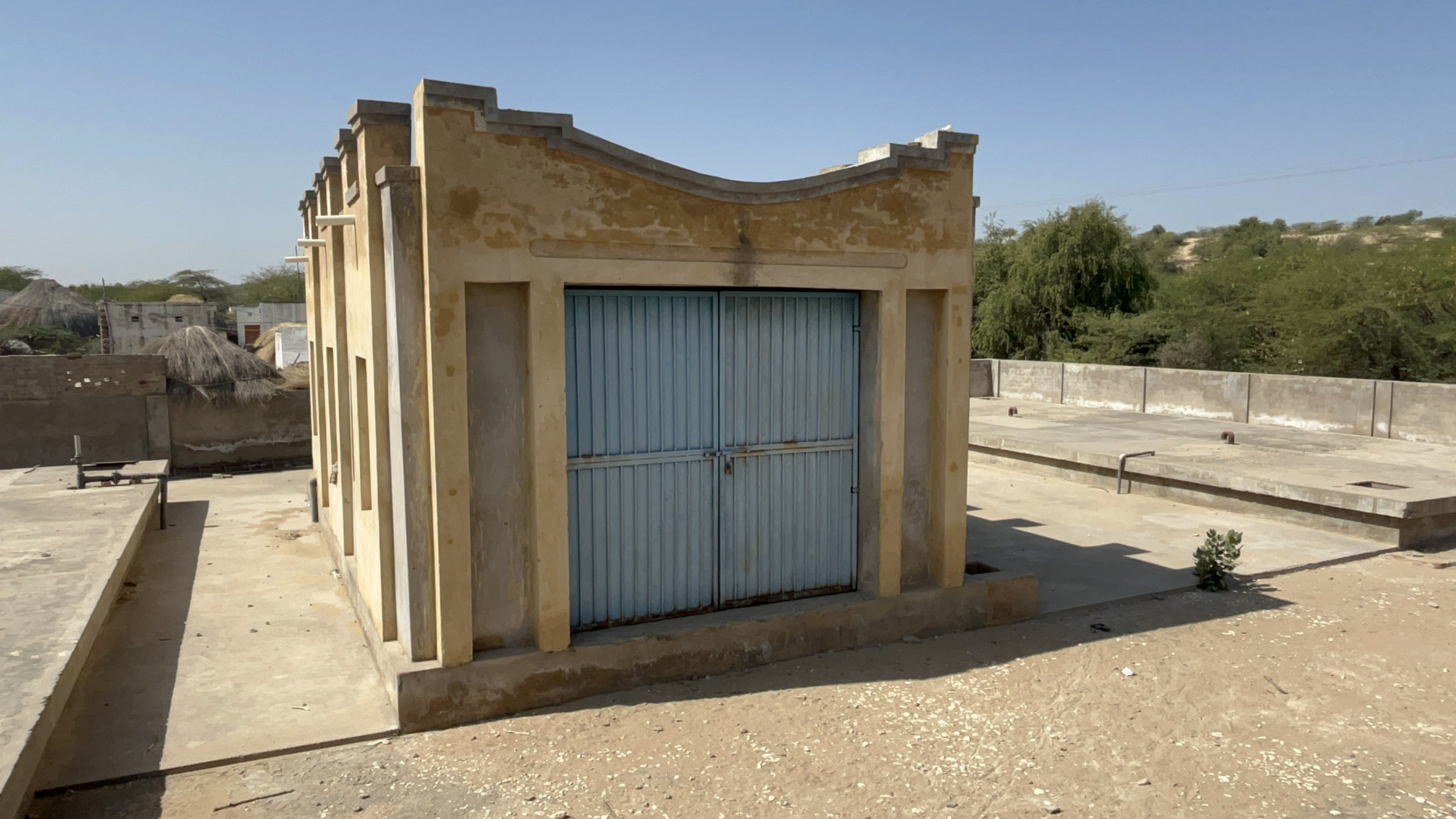
Economic exploitation
One can’t help but compare Sindh’s Thar to its counterpart across the border in Rajasthan, where the world’s largest solar panel plant, the Bhadla Solar Park, is located. While China is developing a significant solar energy project in Thar, lignite — a type of coal that is more polluting than most other forms of coal — is also being mined in the region
Why aren’t we efficiently utilising the vast land in Thar, Sindh, to produce a cheaper and less polluting form of energy? Especially when it could decentralise energy production, benefiting both the local population and the general public?
Professor Pervez Hoodbhoy offers a straightforward answer. “If you look around in much of Punjab, even here in Islamabad, practically every house now has solar panels on its roof. This is a very recent development, I’d say in the last three or four years. My own house had solar panels installed when it was built eleven years ago. Solar energy has enormous potential, but it is always small-scale and distributed. In contrast, coal projects are large-scale, involving huge profits due to their mega infrastructure nature.”
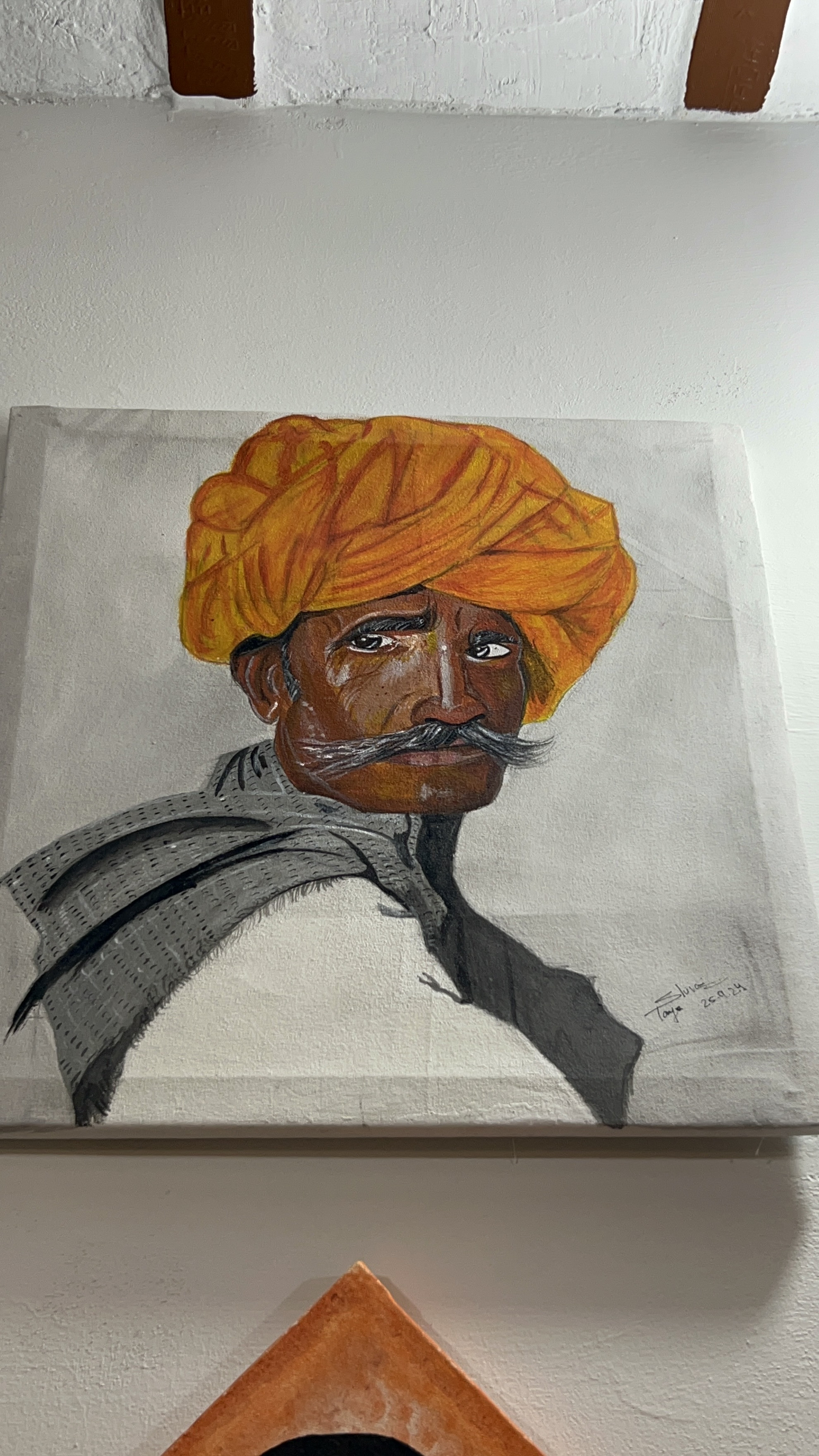
The implication is clear: the profit margins are greater when fuel is concentrated in a specific area and controlled by a few owners. In contrast, solar energy, which allows individuals to generate their own power by installing panels on their homes, might be more economical for the general public but less so for certain business interests.
“We haven’t seen a single rupee yet,” said Mr. Kuldeep Parwani, President of the Wapari Association, when discussing whether the municipality and district have received royalties from Thar Coal, despite the many promises made.
It is not uncommon for federal governments to reap the majority of the rewards from major economic projects, but the level of exclusion of the local community in this case is hard to imagine in most Western democracies. We should view the democratic advances seen in these societies as a shining example — one that we should strive to achieve.
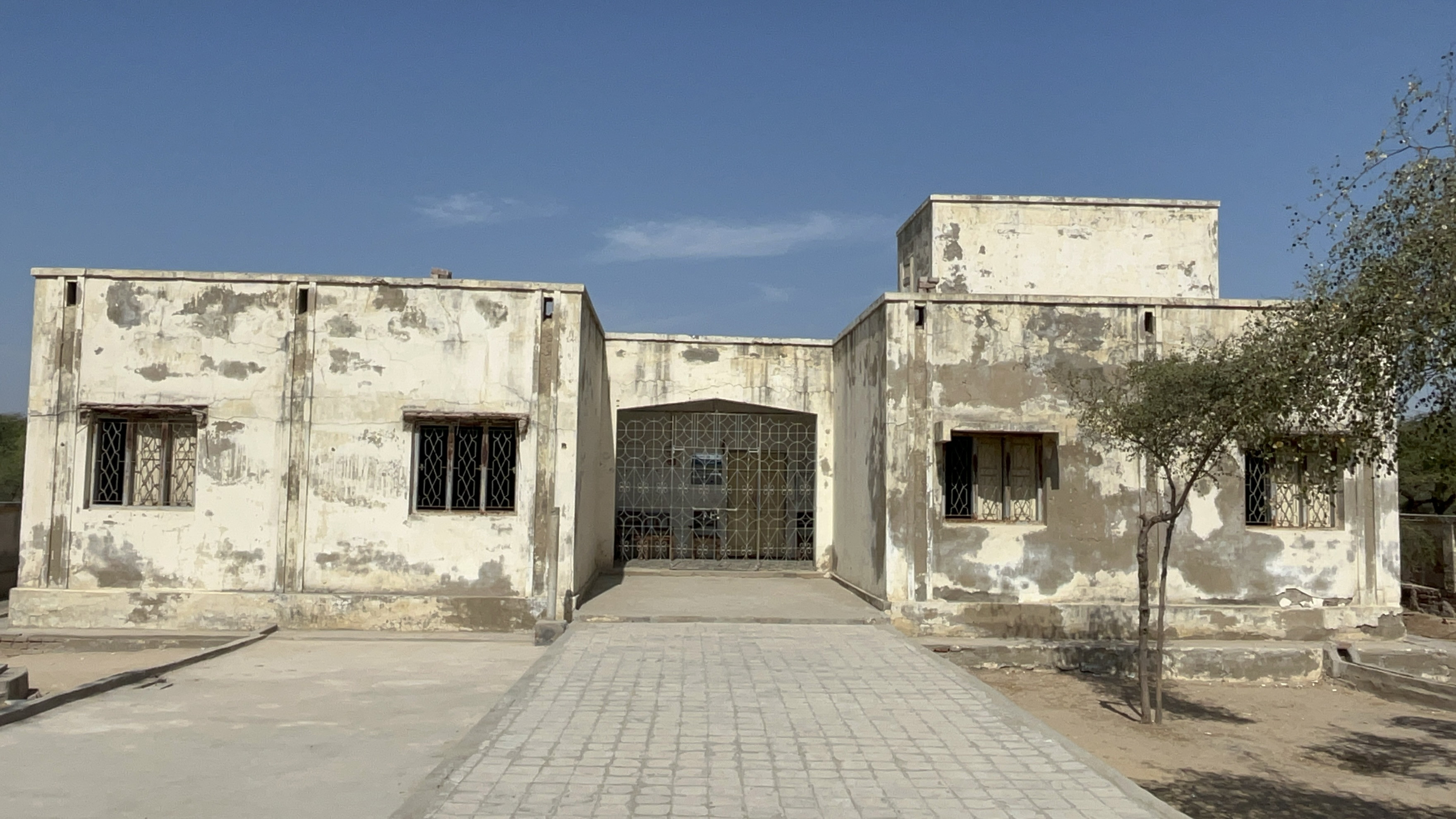
To put this into perspective, Thar is a treasure trove of resources, including coal and solar energy, complemented by vast stretches of desert land ideal for solar plants. Yet, the people of Thar are among the most deprived when it comes to access to fuel. Such ironies are crucial to recognise and we must understand why things are this way.
This raises an important question: Why are we still mining coal in an era when it is becoming increasingly obsolete? Dayal Sahrai, an advocate based in Mithi, believes that “the large reason for the carbon in the atmosphere is this insatiable need people have for more money,” highlighting a key issue with the international status quo. However, closer to home, he points out that “the six canals now being built by Punjab will further diminish the already limited drinking water we have.” He insists, “There needs to be an independent study on this.” For years, Sindh has harboured resentment over the overconsumption and consolidation of the water that flows between the two provinces.
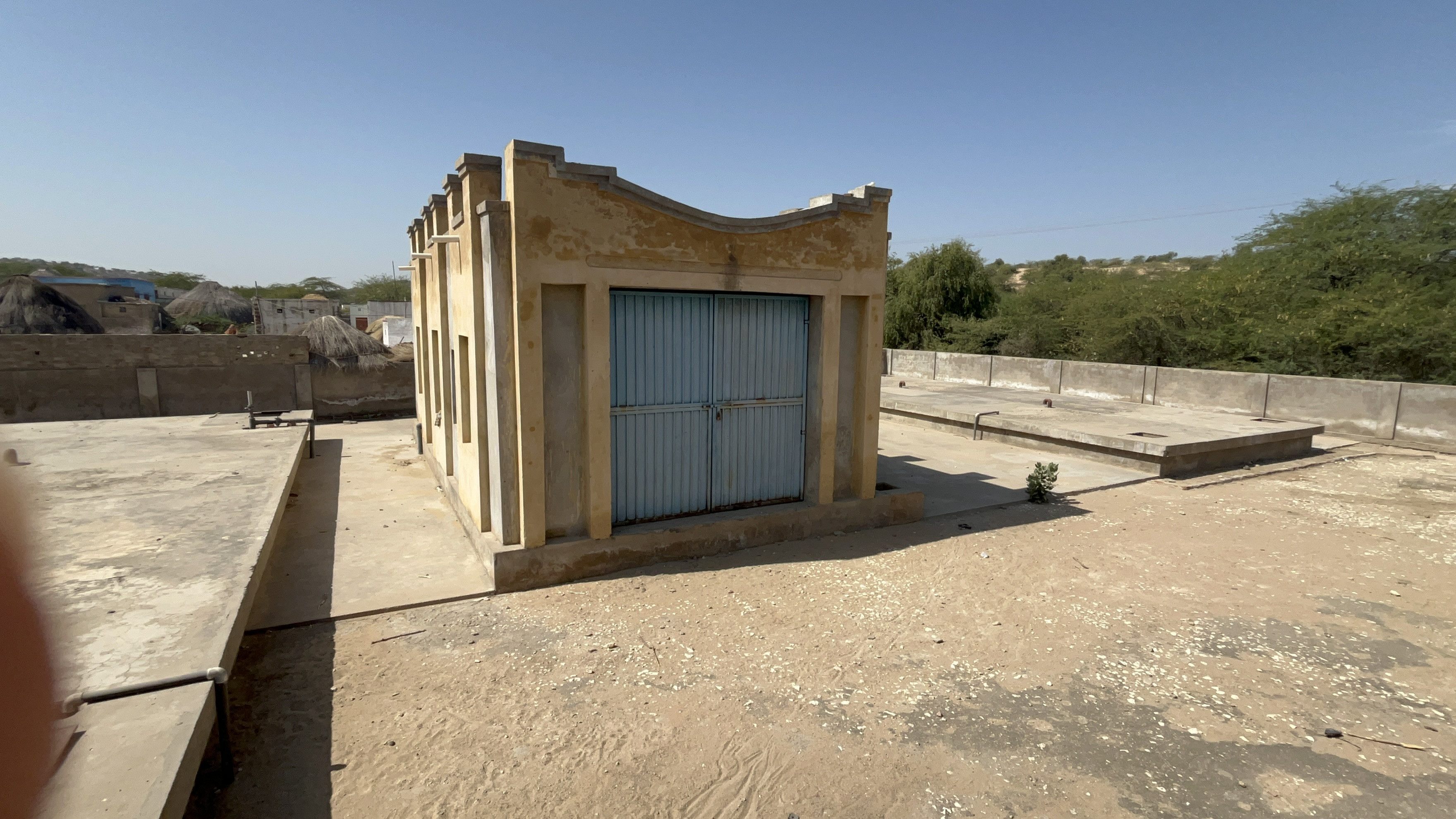
Climate change shocks
“Our entire rain system has been disturbed,” says Sahrai, likely referring to disruptions in the “jet stream.”
According to the National Geographic website, “Jet Streams” are “currents of air above the Earth” that connect weather systems globally. These streams exist because of temperature differences between the hottest and coolest parts of the planet.
However, as global warming reduces these temperature differences, the jet stream and, consequently, weather systems become disrupted. This leads to irregular weather patterns, such as prolonged periods of rain, droughts and heatwaves. Tharparkar, for instance, recently endured a six-year drought, which resulted in significant malnutrition and water shortages.
People around the world, especially in this region, often lack a clear understanding of the link between carbon emissions and rising temperatures. Sahrai explains, “The gas that comes out of power plants just disappears within a few seconds, so people look at that and say, ‘Well, that’s not an issue.'”
This perception is a stark reminder of our poor intuition when it comes to carbon emissions and their impact. In reality, it can take up to 20 years for emissions to cause a corresponding rise in temperatures, a phenomenon known as the “carbon lag.”
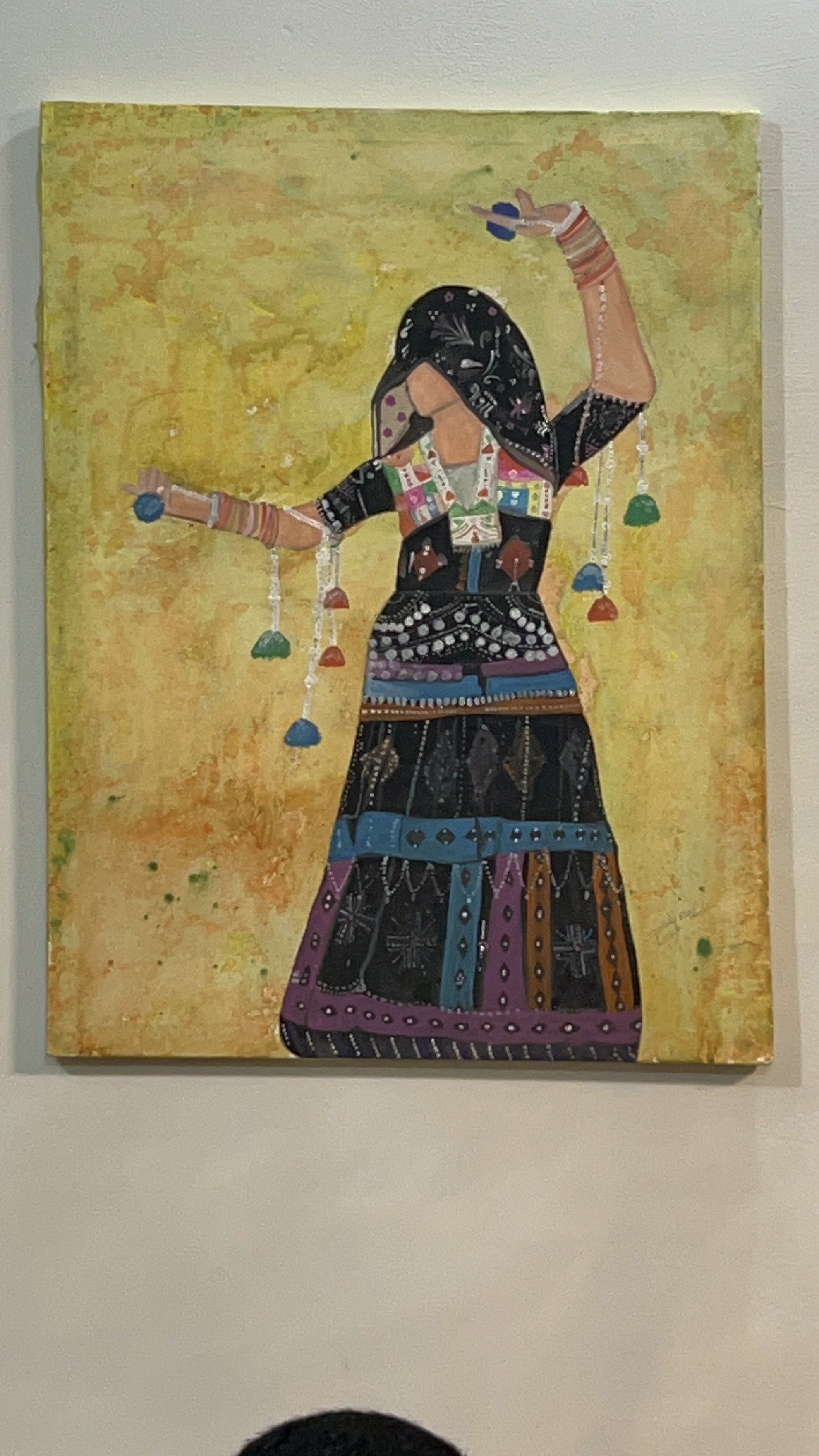
Women and cultural erasure
A remarkable aspect of life in Thar is that women shoulder the bulk of the labour. “Getting wood, fetching water from the well, taking care of livestock, farming — these tasks are all done by women,” says Maryam Siddiqa, a journalist and radio broadcaster based in Mithi, Tharparkar. In addition to these responsibilities, women raise children and are the custodians of the region’s rich tradition of intricate embroidery, which is crafted for festivals and significant life events. These detailed pieces often take months — and sometimes years — to complete.
Each of these responsibilities alone could constitute a full-time job, yet the women of Thar receive little to no economic recognition for their work. Despite the cultural and artistic value of their embroidery and crafts, there is no established market through which they can sell these items to generate income. Instead, their labour is given freely, motivated by love, tradition and a deeply rooted cultural inheritance.
The government must take active steps to facilitate the creation of a market that promotes and sustains Thar’s vibrant culture — so that people across the country can buy its beautiful ornaments, embroidered clothes, handcrafted sheets and other artistic expressions. By opening up the household economy to the market, this initiative would not only support families in Tharparkar but also help preserve a centuries-old tradition that risks fading into obscurity.
“If a mother is educated, she is better equipped to take care of the family,” says Maryam Siddiqa. Yet for the women of Thar, education remains a distant dream. Their days are consumed by the endless demands of sustaining their households and communities, leaving little room for personal development. Without structural support and access to opportunities, their contributions remain both undervalued and unsustainable.
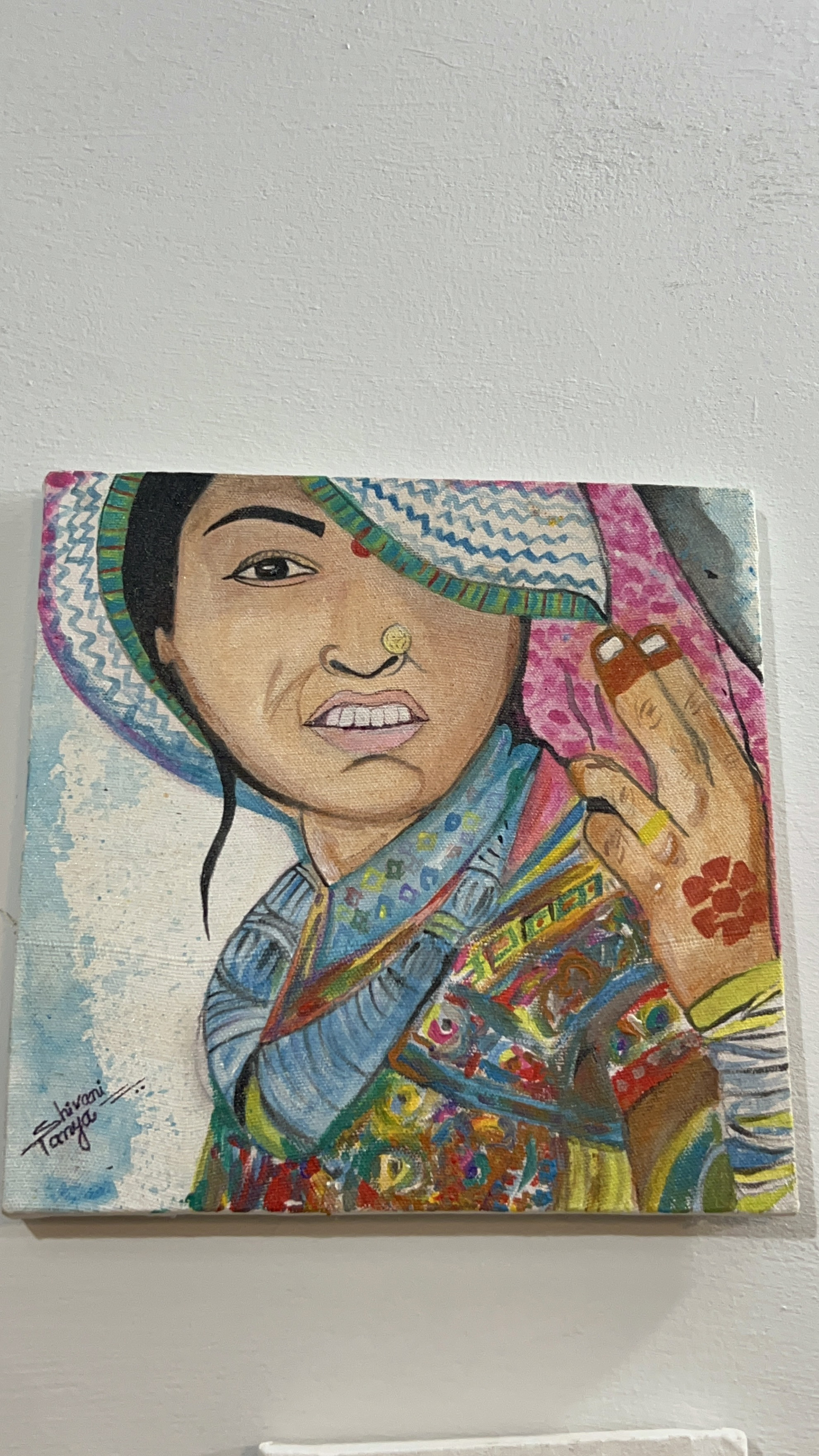
“Unemployment is significant,” says Maryam — a striking reality in a region where major economic projects are being established, yet the local population sees little benefit. The Thar Coal project, for instance, has offered only scattered opportunities, mostly in the form of temporary jobs as drivers or labourers. What Thar truly needs is not short-term labour for men, but long-term, sustainable employment that uplifts the entire community.
A clear and viable path forward lies in integrating Thar’s rich domestic cultural production — clothing, embroidery, artwork, music and ornaments — into the larger market economy. With initial government subsidies, this sector could flourish, not only developing the local economy but also providing a meaningful alternative to disruptive, extractive industries. Crucially, this would create opportunities for women, who are already the backbone of Thar’s economy and culture, thereby raising household incomes and improving the overall standard of living.
Such a subsidy would be more than just economic support — it would be an investment in cultural preservation. A stronger household economy would also enhance resilience in the face of drought and other climate-related challenges, allowing communities to survive and adapt with dignity.
The consequences of failing to invest in Thar’s female-led domestic production of cultural goods are already evident — most starkly in the form of a growing mental health crisis, manifesting in rising rates of suicide. “The main reason [for suicide] is depression,” says Dayal Sahrai. Beneath Thar’s rich traditions, vibrant colours and cultural diversity lies a harsher reality — one of deep pain, rooted in systemic neglect by both the authorities and broader society.
“Mental health issues are significant, especially among women,” explains Maryam Siddiqa. “When they fall ill, they aren’t treated properly. They struggle to articulate their suffering, their condition worsens and eventually they become so frustrated that they take their own lives.” This quiet epidemic reflects not only the physical toll of poverty and marginalisation but also the emotional and psychological strain of being unseen and unsupported.
Siddiqa also highlights another consequence: forced seasonal migration. “People have to leave for six months and their education gets further interrupted,” she says, referring to the displacement caused by extreme weather and water scarcity. These migrations disrupt not only livelihoods but also the entire social fabric — education, cultural continuity and community cohesion.
If the domestic cultural economy were properly supported — through investment, infrastructure and market access — residents would have the financial means to stay rooted in their communities even during times of drought. Such economic resilience would offer not only material stability, but also hope, dignity and a much-needed buffer against despair.

Empowerment through renewables
The problems with mining coal in Thar are numerous and far-reaching. Not only is it one of the most carbon-intensive fuels — contributing significantly to the rise in global average temperatures — but also its economic benefits have largely bypassed the very people living in the region.
In Thar, the local population sees little to no monetary return from the mining operations on their land, while centuries-old, domestically produced cultural goods — textiles, embroidery, ornaments and art — remain undervalued and unsupported, despite their potential to fetch substantial sums in global markets.
While infrastructure development, such as the roads, have made transportation easier, the nature and intent of such development are reminiscent of the colonial railroads built by the British. These roads, much like those railways, serve primarily to extract resources efficiently for external benefit, often at the expense of local populations. The people of Thar, like many colonised communities in history, are excluded from the profits of their own land.
This extractive model echoes colonial-era injustices, famously challenged by Gandhi’s Salt March — an act that sparked a global debate about people’s rights to access and benefit from the natural resources of their own soil. Thar’s story today, in many ways, is a modern retelling of that same struggle.
Switching over to renewables would not only be good for reducing emissions and doing our part in the fight against global warming, but it would make us less vulnerable to economic exploitation both inter-provincially and internationally. Most importantly, it would have the added benefit of empowering the traditional domestic economy of Tharparkar, allowing the people of the region to get their fair share of benefits corresponding to their contribution to the economy and culture.
Zain Haq is a freelance contributor
All facts and information are the sole responsibility of the author
Photos by Tariq Durrani
Source link







